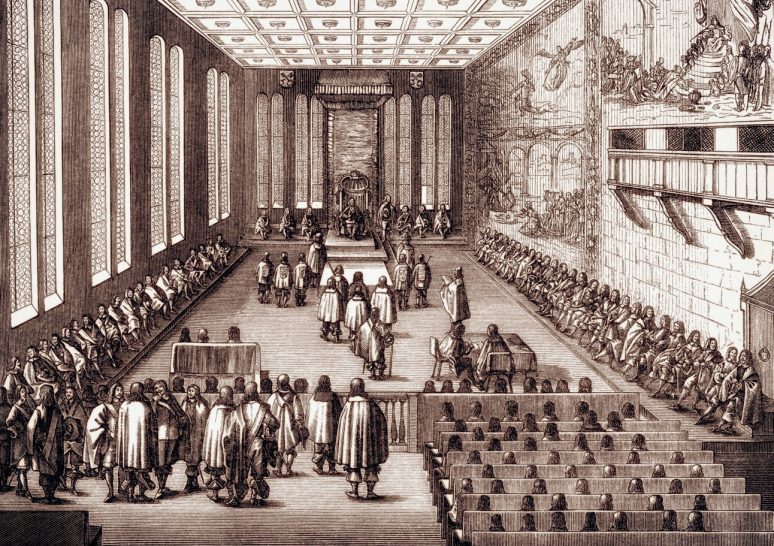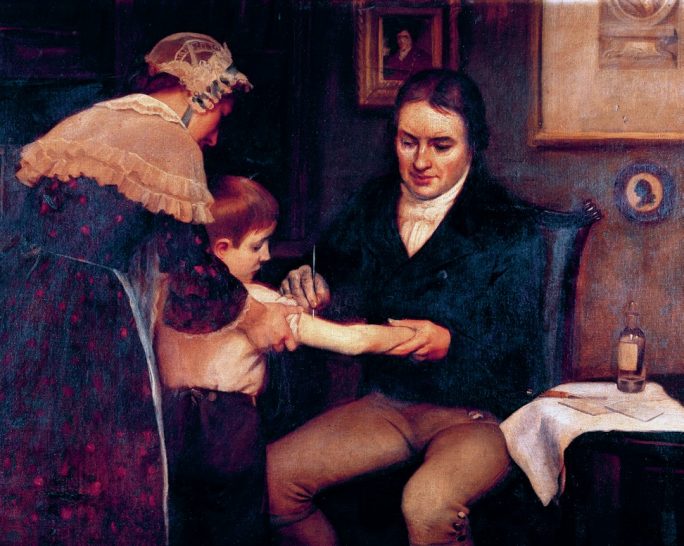
Would you like to know if a suffragette lived and campaigned for votes for women in your town, street or house? Who were the ‘ordinary’ women and men that fought for women’s right to vote and how did they help secure it? You can find this out and more by exploring a new interactive digital map online at www.mappingwomenssuffrage.org.uk. The map plots and records the homes, lives and materials of women’s suffrage campaigners across England, at the height of the movement in 1911.
Women’s campaign for the right to vote in parliamentary elections became a nationally organised movement in 1866, when a petition signed by women across the country was handed into parliament, demanding the government grant female suffrage. The battle for the vote continued for over 50 years, until women finally achieved equality with men in 1928 when the Representation of the People Act was passed.
Your organisation does not have access to this article.
Sign up today to give your students the edge they need to achieve their best grades with subject expertise
Subscribe




